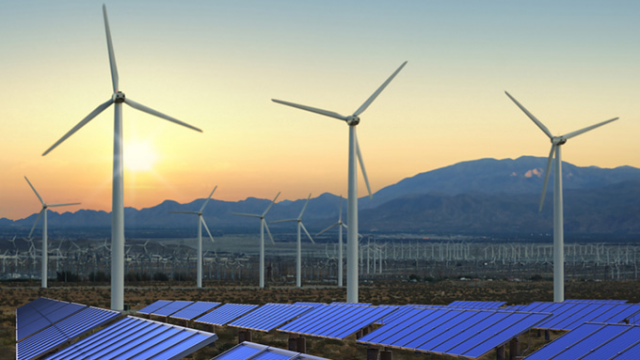
Nobody can be in any doubt that renewable energy is the future — how else are we to safeguard ourselves from the hastening decline of fossil fuels? But it seems that every time there is a proposal for a new solar farm or nuclear power plant, the project meets staunch objection from local residents. Wind farms, as harmless as they seem, are also regularly the topic of intense debate. Some see them as an eyesore, while others are convinced they can alter wind currents and have an effect on the local climate.
But now a recent study published in the journal Environmental Research Letters promises to put at least one of these grievances to bed. The research was conducted by a team of investigators from the University of Leeds, who sought to examine the effects of wind farms on the local climate. Stephen Mobbs, co-author and director of the National Centre for Atmospheric Science at the University of Leeds states in an interview with BBC News: “For a long time there have been some concerns about what effects wind farms could have on the local climate and the land surface,” but this has been “mostly speculation with nothing very concrete. We set out to actually measure what was going on.”
To maximise their chances of observing a measurable effect, the team chose one of the largest wind farms in the U.K. for their study — Black Law in Scotland, established in 2005. They installed temperature and humidity sensors across the site and tracked changes in the local microclimate when the turbines were both on and off. “We had a fantastic opportunity when [the operators] turned the wind farm off for several months for some major maintenance,” Mobbs explains. They found that when the turbines were off, the environment behaved as would be expected. When turned on, the turbines moved warm air to the ground and forced cold air upwards. This mixing of air meant that ground temperatures were warmer when the turbines were running, but only by a quarter of a degree Celsius (0.45 degrees Fahrenheit) at night.
The fact that wind farms have now been shown to affect the local climate might seem like the news objectors have been waiting for, but the researchers are keen to suggest it’s quite the opposite. “Because we have been able to definitively detect the effect, we can also definitively say that the effect is extremely small and it is not something people should be worried about,” says Mobbs. “There are much bigger effects going on rather than the installation of the wind farm, such as nearby forests or changes in altitude.”
So yes, wind farms do have a measurable effect on their surrounding environment, but not enough to consider them harmful or to warrant suspending their development as a source of sustainable energy and a tool in the overall battle against climate change. They certainly can’t be considered a potential hazard in the same way as, say, a nuclear power plant or hydroelectric dam, and now we have the science to prove it.
Q: Would you object to the development of wind farms in your area? Has this study changed your mind? Share your thoughts in the comments below.


